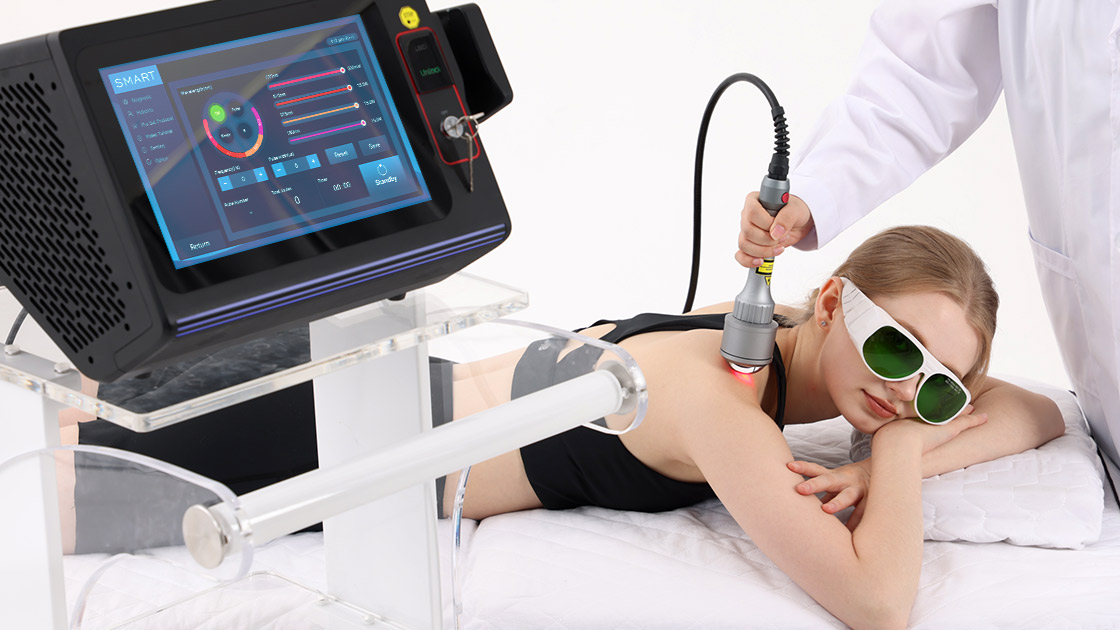Page Contents
I. Introduction
In the realm of modern therapeutic treatments, Red Light Therapy (RLT) and Laser Therapy (LT) are two popular modalities known for their non-invasive approaches to healing and rejuvenation. Both techniques utilize light to achieve therapeutic effects but are often confused with one another. Understanding their differences and similarities is crucial for anyone considering these treatments. This article explores the distinct mechanisms, applications, safety profiles, and efficacy of Red Light Therapy and Laser Therapy.
II. Mechanism of Red Light Therapy and Laser Therapy
Red Light Therapy primarily uses low-level red light, typically within the wavelength range of 600-650 nanometers. This light penetrates the skin to a moderate depth, affecting cellular processes. The mitochondria in cells absorb the red light, enhancing the production of adenosine triphosphate (ATP), the energy currency of the cell. This increase in cellular energy facilitates various healing processes, including improved circulation, reduced inflammation, and accelerated tissue repair.
Laser Therapy, on the other hand, uses specific wavelengths of laser light, ranging from low-level lasers (LLLT) to high-intensity lasers used in surgical procedures. Low-level lasers work similarly to RLT by stimulating cellular activity and promoting healing. High-intensity lasers, however, provide precision in cutting or cauterizing tissues during surgeries. The focused nature of laser beams allows for targeted treatment areas, which significantly differs from the more diffuse application of red light in RLT.
III. Applications and Uses
Red Light Therapy commonly addresses skin health, pain relief, and wound healing. It effectively treats conditions like acne, wrinkles, and scars. Additionally, RLT’s anti-inflammatory properties make it a popular choice for managing chronic pain and promoting muscle recovery after exercise.
Laser Therapy boasts a broader range of applications, particularly in medical and cosmetic fields. Low-level Laser Therapy aids in pain management, tissue repair, and inflammation reduction, similar to RLT. High-intensity lasers, however, have unique applications, including surgical procedures such as laser eye surgery, tumor removal, and precise cutting in various medical contexts. LT also excels in cosmetic treatments like laser hair removal, skin resurfacing, and tattoo removal.
While both therapies share some common uses, the versatility and precision of Laser Therapy set it apart from Red Light Therapy, which generally remains limited to non-invasive and superficial treatments.
IV. Safety and Side Effects
Red Light Therapy has a high safety profile. It is non-invasive and typically does not produce significant side effects. However, overexposure can lead to mild issues such as temporary redness or irritation. Most people can safely use RLT, with few contraindications.
Laser Therapy’s safety profile varies depending on the type and intensity of the laser. Low-level lasers are relatively safe and share a similar safety profile with RLT. High-intensity lasers, however, carry more risks, including potential burns, scarring, and eye damage if not properly handled. Safety protocols, such as wearing protective eyewear and ensuring precise application, are crucial when using high-intensity lasers.
V. Scientific Evidence of Red Light Therapy and Laser Therapy
Both Red Light Therapy and Laser Therapy have substantial clinical evidence supporting their efficacy. RLT effectively enhances skin health, reduces pain, and accelerates wound healing. Numerous studies highlight its benefits in various conditions, contributing to its popularity in both medical and wellness settings.
Laser Therapy also boasts a strong evidence base, particularly in medical and cosmetic applications. Low-level Laser Therapy demonstrates effectiveness in pain management and tissue repair, similar to RLT. High-intensity Laser Therapy shows significant success in surgical procedures and precision treatments. Despite robust evidence supporting both therapies, gaps remain in the research, especially regarding long-term effects and optimal treatment parameters.
VI. Conclusion
In summary, Red Light Therapy and Laser Therapy, while sharing some similarities, are distinct in their mechanisms, applications, safety profiles, and efficacy. RLT is valued for its non-invasive approach and broad safety, making it suitable for skin health and pain relief. Laser Therapy, with its range from low-level to high-intensity applications, offers versatility and precision, particularly in medical and cosmetic fields. Understanding these differences is essential for making informed decisions about which therapy best suits individual needs and treatment goals.
